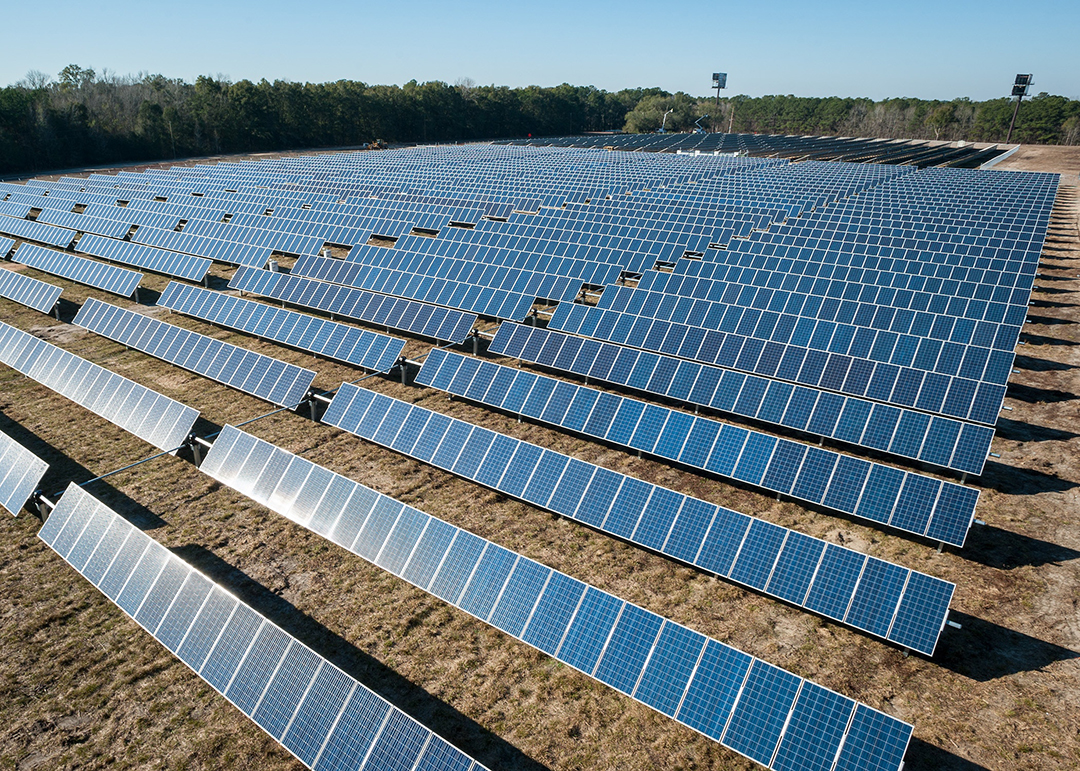18 April 2018: The UK has submitted its long-term low-emissions strategy (LTS), which aims to reduce greenhouse gas (GHG) emissions by at least 80% by 2050 compared to 1990 levels through legally binding five-year caps. The Paris Agreement on climate change encourages all Parties to publish LTSs, and the UK is the eighth Party to do so with its strategy titled, ‘Clean Growth Strategy: Leading the way to a low carbon future.’
The clean growth strategy outlines action up to 2032, and highlights possible pathways to the UK’s 2050 target. The strategy acknowledges the need to mobilize more private capital in sustainable projects, and describes policies that will deliver on the carbon budgets up to 2032 and beyond to 2050, including: accelerating the shift to low-carbon transport by ending the sale of new conventional petrol and diesel cars and vans by 2040; phasing out unabated coal use to produce electricity by 2025; supporting British businesses to improve their energy productivity by at least 20% by 2030; and working towards zero avoidable waste by 2050.
The UK’s LTS pledges £2.5 billion in investments to support low-carbon innovation between 2015-2021.
The clean growth strategy provides an overview of three 2050 pathways: the electricity pathway, where transport and heating are primarily fueled by electricity, mainly from clean sources; the hydrogen pathway, using hydrogen to heat homes and buildings, fuel vehicles and power industry; and the emissions removal pathway, where biomass power stations are used in parallel with carbon capture, utilization and storage (CCUS).
The UK’s LTS notes that the UK Government will invest £2.5 billion to support low-carbon innovation between 2015-2021. It announces Green Great Britain Week, an annual event set to begin in the fall of 2018 that will bring together government, business, academia, civil society and communities to address clean growth and climate change. The strategy also highlights that achieving global net zero emissions in the second half of the century will require a significant change in action, noting strong links to how the SDGs will be achieved.
Additionally, the UK’s note accompanying its LTS highlights the 2050 Calculator energy and emissions model, an open-source and easy-to-use tool that the UK used to develop its 2011 Carbon Plan. It states that over 30 countries have now adapted the tool, including ten developing countries that received climate finance from the UK to help develop their own calculator models.
While the clean growth strategy is the first LTS the UK has submitted to the UNFCCC, it previously produced the ‘UK Low Carbon Transition Plan’ in 2009 covering the first three carbon budget periods from 2008 to 2022, and ‘The Carbon Plan’ in 2011 covering the fourth carbon budget period.
LTSs are critical for achieving climate goals as they: help countries align national development goals with the goals of the Paris Agreement; help achieve global temperature goals; and serve as a roadmap for future Nationally Determined Contributions (NDCs), which must become increasingly more ambitious. They also provide credibility and certainty that the goals of the Paris Agreement can be achieved; increase transparency and trust among Parties; inform short- and medium-term political and economic cycles at the national level; and provide political certainty to stimulate private sector action. Benin, Canada, the Czech Republic, France, Germany, Mexico and the US have also submitted LTSs, and the World Resources Institute (WRI) is developing a catalogue of resources to help other countries prepare their strategies. [UNFCCC LTS Webpage] [UNFCCC Press Release on UK’s LTS Submission] [UK’s Note on LTS] [Clean Growth Strategy: Leading the Way to a Low Carbon Future] [SDG Knowledge Hub Story on UNFCCC, UNDP Highlighting Long-Term Strategies to Meet Climate Goals]
